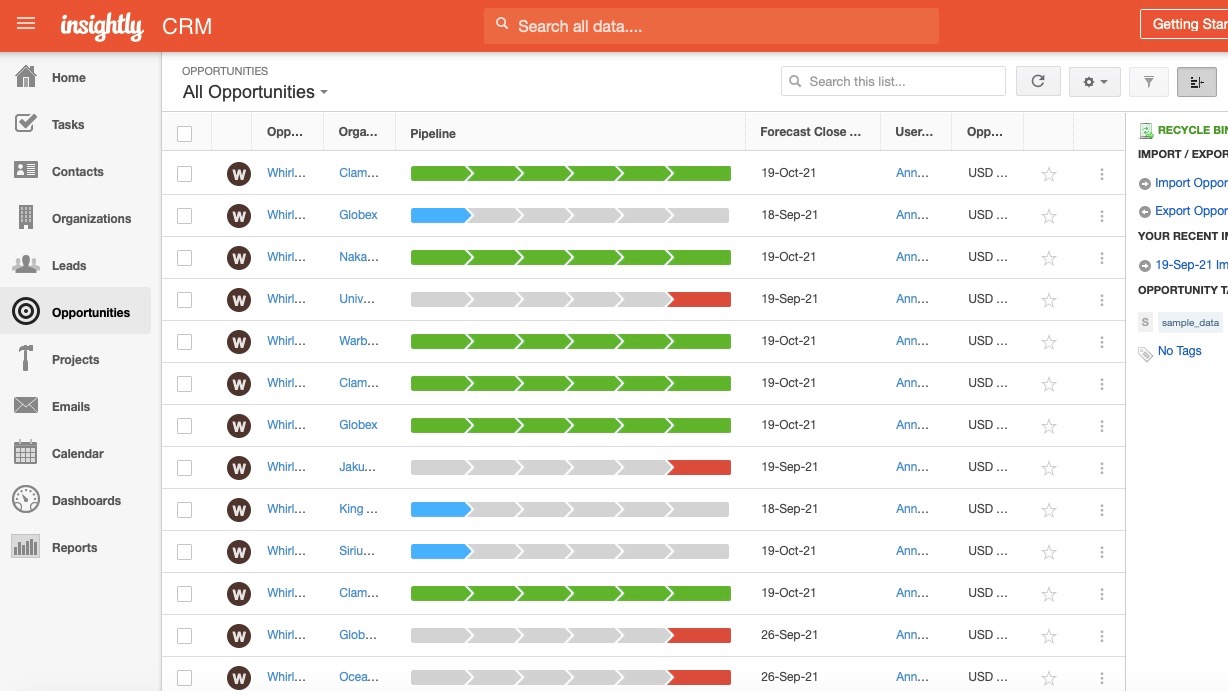Covid-19 has changed the direction of all B2B marketing strategies significantly, and the importance of online content marketing services have pivoted heavily towards digital marketing advertisements, endless content creation and placement. With this knowledge, it's important to choose the right B2B marketing strategies to begin with, so that your marketing content has a chance to stand out on the right forum for its target audience.
Research from Salesforce’s seventh annual State of Marketing report shows that 44% of B2B marketers have ‘completely changed’ their marketing channel mix since the pandemic began to meet new challenges and a shift in behavior. Another 45% said that their mix had ‘somewhat changed’, leaving just 11% of B2B marketers’ strategies unaffected.
As online marketing channels are diverse in their makeup and offerings, it can be overwhelming to know which direction to take your company. From social media management to content marketing, there is not one singular platform that handles it all. We are going to break down for you the six essential B2B marketing strategies that can help grow your business.
1. Lead Qualification Criteria and Management

Any well-established marketing director can tell you that lead generation just comes with the territory and is no easy task. There is a vast digital playground just waiting to take your lunch money, and determining which area to dabble in can be challenging. But, good news, there are a plethora of frameworks that can help land leads.
That’s only the half of it, however. You’ll then have to qualify those leads through valuable data. There are many tools, like Insightly, which can help you do this. Data gathering allows businesses to analyze where they are gaining the most traction through their digital footprint. Through these tools, you can also gain important customer data and insight into whether or not your audience finds your product or services valuable.
Qualitative research focuses on the quality of the responses received through expanded market research. Rather than assigning a particular score, you focus on the information gathered in the data – such as most respondents were white, female, and lived in California. This type of information helps an organization properly target their market.
Google Analytics is one popular quantitative source which allows businesses to track their website traffic for search engine optimization (SEO) and marketing purposes. The platform collects visitor insight and helps determine how users made their way to your website. Marketers can also track campaign success, goals, patterns, and user engagement.
2. Account Based Marketing

Account Based Marketing entails an individual—whether it’s a sales associate, digital marketing executive, information technology professional, or otherwise—assigned to their target market to reach out and land the account.
This form of marketing, specific to the B2B world, is appealing because it entails a much more personalized, tailored approach. The experience clients have with the sales or marketing team working to build business, is equally as important as the products or services they provide.
A Salesforce State of Marketing Report explains that ‘customers navigate a series of “new normals,” personalized, empathetic engagement has never been more important. Delivering messages and offers that resonate with an individual’s unique needs and expectations requires deep insights.
Marketers are shifting how they source and manage customer data and ramping up use of technologies like artificial intelligence (AI) that help them make the most of it. Marketers report a 186% increase in AI adoption since 2018.’
3. Thought Leadership Content

Putting your own footprint on the market in a unique week, and sharing that perspective with the masses, drives intrigue from your customer-base. In this day-and-age of excessive information and cutting-edge technology, it can be overwhelming trying to find the right answers for your business. Effective thought leadership addresses the topics which that company has expertise in, in a tangible, tailored approach that specifically appeals to their target audience through clever content creation.
In a study conducted by Linkedin, companies such as Deloitte get the best bang for their buck by succinctly capturing top trends in an eye-catching, easy-to-read way. Deloitte accomplished this through an eight-page executive summary that appeared right on their LinkedIn feed.
Another example in the study is Aha!, a roadmap software company. Aha! shares blog posts featuring their employees’ personal interests and passions, personalizing the customer experience, and allowing clients and prospects to connect with their team.
4. Segmented Email Marketing

Segmented email marketing entails dividing up your email lists into specific, smaller target markets in order to more effectively communicate with each individual group. These groups can be separated by interest, geographic location, demographics, etc.
As one of the most popular marketing strategies to date, it also has one of the highest returns on investment. A study by WebFX states that email marketing has a return on investment of $44 for every $1 invested.
Email marketing to the masses can be difficult and time-consuming, however. Having a CRM platform like Hubspot, or an email distribution group like MailChimp, can save time, improve overall look and feel of the content, and provide fewer bounce-backs. For more options, TechRadar has provided a break down of the best online content marketing tools to help marketers grow their audience and drive sales.
5. Website Usability and Web Responsive Design

Responsive design involves proportion-based grids that realign depending on the device they are being viewed on. Rather than creating different layouts to fit different screen sizes or resolutions, it adjusts automatically. As there are so many varying sizes, from cell phone to desktop, having a user-friendly, high quality responsive site is vital.
As hingemarketing.com points out, ‘80% of people look at websites when checking out service providers – the most commonly used information source by far. Responsive design which allows your website to adapt to suit a user’s device, has become a key feature as more people use mobile devices to do business.’
This kind of website build will also save you time and money in the end from the traditional approach, which was to create a separate mobile site. A responsive site is also easier to maintain, boosts SEO, provides more consistency in branding and design, and attracts a broader audience across all platforms.
6. Prioritize Business Testimonials (and use them to make additional content)
Nobody tells your story better than a happy customer. Word-of-mouth marketing, may be ancient in its origin, but still carries just as much power as it once did. In fact, with the boom in social media marketing, the power of the written word is even more impactful now as it is so much more prevalent in the marketplace. Smart marketers are using this to their advantage with testimonials, allowing consumers to tell their flattering customer-experience story.
In a survey by boast.io, they discovered that:
1. 92% of customers read online reviews before buying
2. 72% of consumers say positive testimonials and reviews increase their trust in a business
3. 70% of people trust reviews and recommendations from strangers
4. 88% of consumers say reviews influence their online purchasing decisions
5. 88% of consumers trust online testimonials and reviews as much as recommendations from friends or family
The moral of the story is – if you do solid work, ask your customers for their feedback… then publish it! There is no shame in allowing someone to brag on your behalf.
Choose your B2B marketing strategies wisely
The modern day B2B marketer has her hands full between social media, website development, lead generation and old-fashioned customer relations. Marketing departments need to be deeper, faster, and more competitive than ever before in order to see growth for their business.
For your organization to evolve, take inventory of your current marketing activities and see how they fall in line with the modern channels. Are you effectively creating compelling content and regularly feeding it to your customer-base? Is your website optimized for maximum viewership and user experience? Are you continuing to grow with the evolving marketplace?
Using an effective B2B marketing tool and strategy will allow your team to work more effectively and efficiently to keep up with demand.
from TechRadar - All the latest technology news https://ift.tt/3HSOK2w
via IFTTT
Comments
Post a Comment